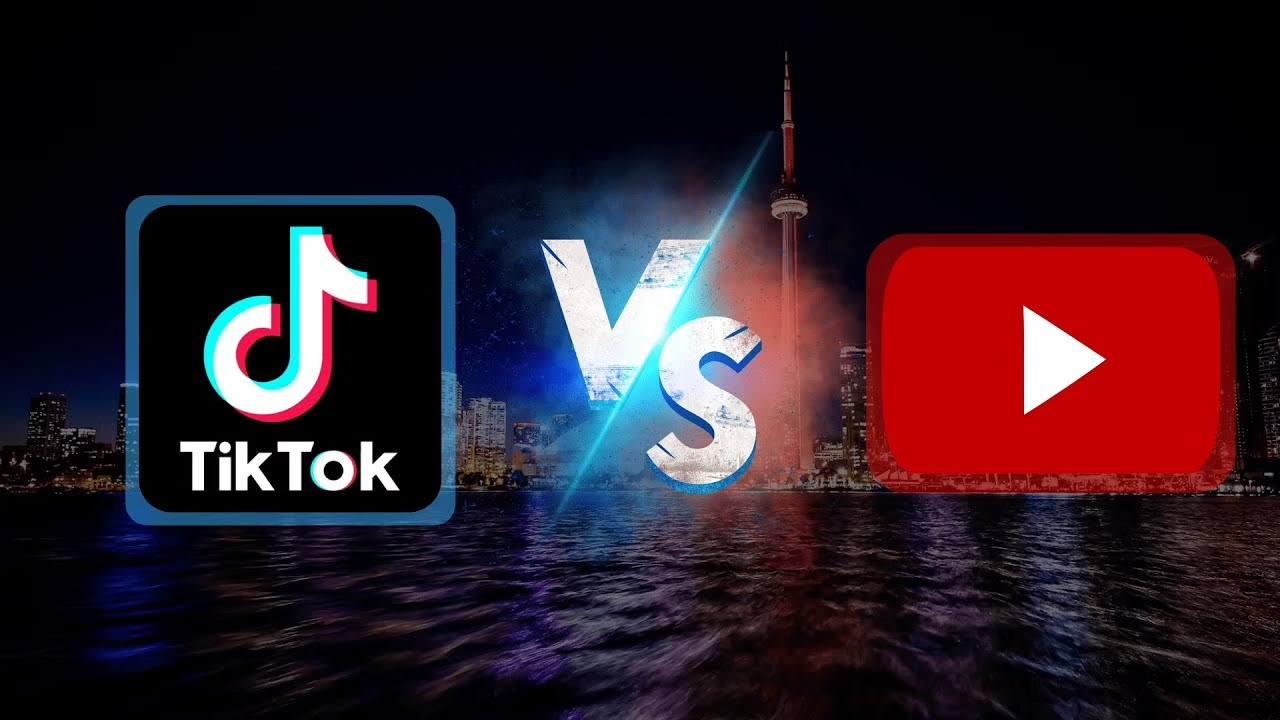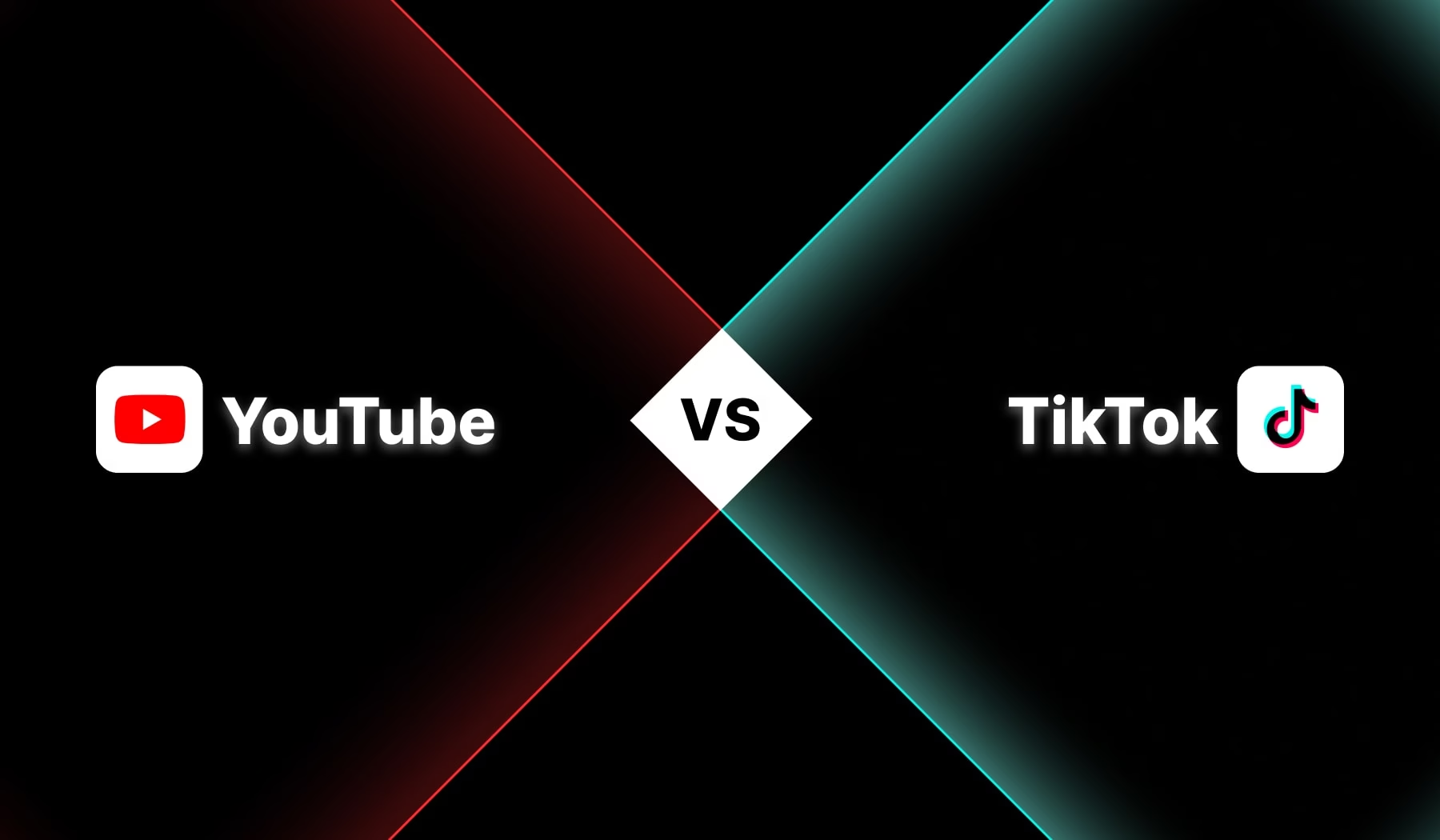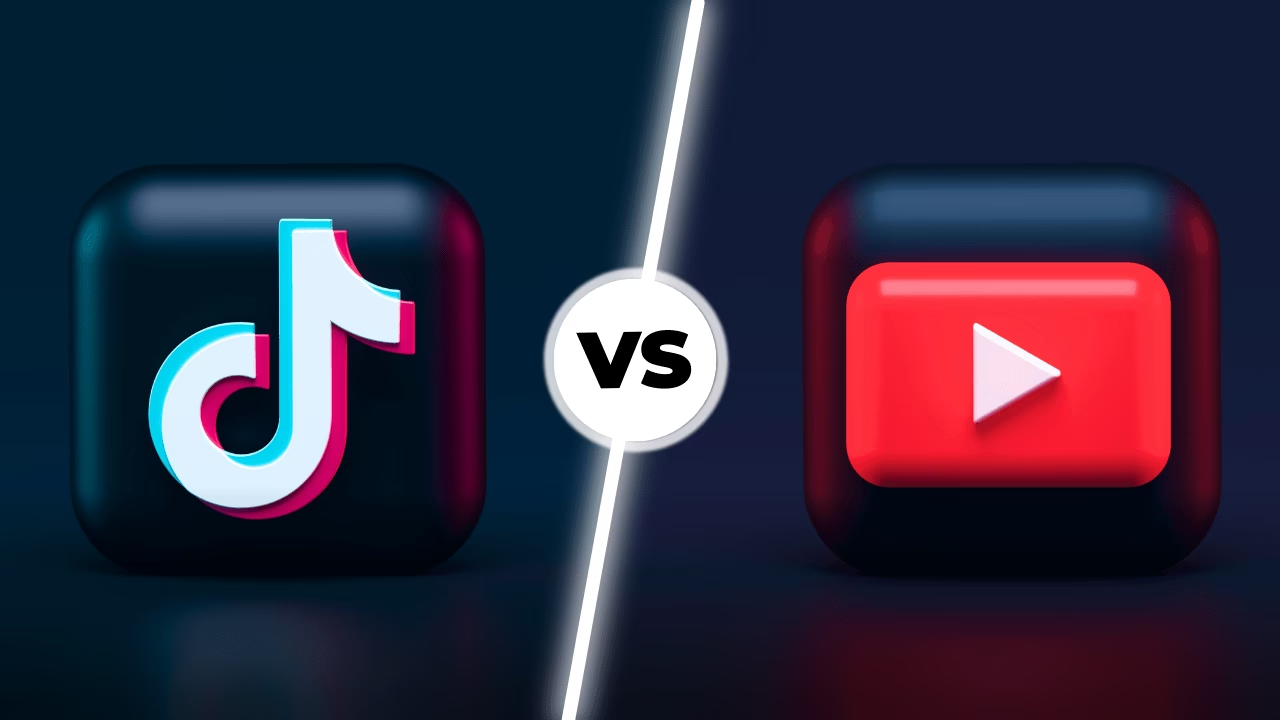Introduction: The Digital Showdown
The battle between YouTube vs TikTok represents one of the most compelling rivalries in the digital age. With billions of users worldwide and a dominant presence in the United States, both platforms are central to the way Americans consume content. This article will explore the evolution, user engagement, content strategies, monetization methods, and growth trajectories of YouTube and TikTok to determine which platform is currently leading the race in the US.
A Brief History of Both Giants
YouTube: The Legacy Platform
Launched in 2005, YouTube quickly rose to become the world’s largest video-sharing platform. Acquired by Google in 2006, YouTube has had nearly two decades to refine its ecosystem, attracting content creators, advertisers, and audiences alike. With long-form content, robust monetization, and a massive library, YouTube is deeply entrenched in the American digital landscape.
TikTok: The Disruptive Force
TikTok entered the US market in 2018 following the merger with Musical.ly. Developed by ByteDance, TikTok was engineered for short-form video consumption driven by an algorithm that delivers highly engaging, personalized content. In just a few years, it has captured the attention of Gen Z and Millennials, challenging the dominance of YouTube.
User Demographics: Who Uses What?
YouTube’s Broad Reach
YouTube commands over 250 million monthly active users in the US. Its audience ranges from children to seniors, covering a vast age range. According to Pew Research:
-
95% of 18–29-year-olds use YouTube
-
91% of 30–49-year-olds
-
83% of 50–64-year-olds
-
49% of 65+
This indicates deep market penetration across age groups, making YouTube a household staple.
TikTok’s Youth Appeal
TikTok, while growing rapidly, remains heavily skewed toward younger demographics:
-
67% of US teens use TikTok daily
-
60% of users are aged 16–24
-
Only 14% of users are over 50
TikTok excels at capturing and retaining the attention of digital natives, making it the go-to platform for trends, memes, and viral content.
Content Types and Viewing Habits
YouTube’s Long-Form Ecosystem
YouTube hosts a vast range of content types:
-
Educational content
-
Product reviews
-
Long-form entertainment (vlogs, podcasts, documentaries)
-
Live streams and news coverage
With videos ranging from 10 minutes to several hours, YouTube supports in-depth viewing experiences, often serving as a TV alternative.
TikTok’s Bite-Sized Entertainment
TikTok thrives on 15-second to 3-minute videos, emphasizing:
-
Challenges and trends
-
Dance routines
-
Quick hacks and tutorials
-
Comedic skits and storytelling
The platform’s For You Page (FYP) algorithm continuously feeds users new content, making it highly addictive and encouraging repeat visits throughout the day.
Monetization: Creator and Platform Revenues
YouTube: Monetization Powerhouse
YouTube’s Partner Program offers multiple income streams:
-
Ad revenue
-
Channel memberships
-
Super Chats (Live Streams)
-
Merchandise integration
-
YouTube Premium payouts
Top creators can earn millions annually, and even small channels can monetize via ads and affiliate links. This robust model has kept creators loyal and attracted traditional media outlets to the platform.
TikTok: Creator Fund and Sponsored Content
TikTok’s primary monetization options include:
-
TikTok Creator Fund
-
Live Gifts
-
Brand partnerships
-
TikTok Shop
However, TikTok has been criticized for low payouts through the Creator Fund, driving many creators to diversify or shift to platforms like YouTube Shorts for better earnings.
Algorithm and Discoverability
TikTok’s Algorithmic Genius
TikTok’s secret sauce is its hyper-personalized algorithm. Every like, comment, and scroll informs the FYP, leading to high user engagement and viral growth for content creators. Videos from new users can rack up millions of views overnight, leveling the playing field.
YouTube’s Search-Based Discovery
YouTube’s algorithm favors:
-
SEO-optimized titles
-
Click-through rates
-
Watch time
-
Subscriber activity
While discovery is more competitive, YouTube provides longer shelf life for content, which can continue to gain traction for months or even years after publication.
Advertising and Business Strategy
YouTube Ads: Market Leader
YouTube generated over $40 billion in global ad revenue in 2023, with a large portion coming from the US. It offers advertisers:
-
Skippable and non-skippable ads
-
Bumper ads
-
Sponsored videos
-
Advanced targeting (age, interests, behavior)
YouTube is deeply integrated into Google Ads, offering precise control over ad campaigns and robust ROI tracking.
TikTok Ads: Fast-Growing But Nascent
TikTok’s ad model includes:
-
In-feed ads
-
Branded effects
-
Hashtag challenges
-
Spark Ads (promoting organic content)
Though still evolving, TikTok’s ad revenue grew to $18 billion globally in 2024, and brands are drawn to the engagement metrics and creativity potential the platform offers.
Short-Form Showdown: YouTube Shorts vs TikTok
In 2020, YouTube launched Shorts as a direct competitor to TikTok. As of 2024:
-
YouTube Shorts has over 2 billion monthly logged-in users
-
Integrated into the main YouTube app
-
Monetized through Shorts Fund and ads as of 2023
While Shorts has made significant progress, TikTok’s cultural dominance in short-form still gives it the edge in trend creation and virality.
Influencer Culture and Community Impact
TikTok: Birthplace of Trends
From “Renegade” dance to de-influencing, TikTok is often the originator of internet culture. Many viral movements, social causes, and fashion trends begin on TikTok before moving to YouTube or Instagram.
YouTube: Authority and Credibility
YouTube fosters thought leadership, with creators building long-term reputations through consistent, high-quality content. It is more informational and educational, making it the preferred platform for:
-
Tutorials
-
Explainers
-
Product reviews
-
Interviews
Growth Trajectories and App Usage
User Engagement Stats
-
TikTok users spend an average of 55.8 minutes daily on the app
-
YouTube users spend 47.5 minutes per day, according to Statista
Though TikTok edges ahead in engagement, YouTube still wins in total watch time due to its longer video lengths.
Downloads and Popularity
TikTok was the most downloaded app globally in 2023, including in the US. However, YouTube remains the second-most visited website in the world, just behind Google.
Regulatory Challenges in the US
TikTok faces ongoing scrutiny from US lawmakers over its Chinese ownership and data privacy practices. In contrast, YouTube, as part of Google, is under general antitrust investigations but does not face the same national security concerns.
In 2024, several states even proposed bans or restrictions on TikTok for government employees, impacting its perception and trust among older Americans.
YouTube vs TikTok: A Relentless Battle for America’s Screen Time
In today’s digital era, the YouTube vs TikTok debate has transformed into more than just a question of preference—it’s a cultural war for attention, influence, and daily screen time. From short-form reels to long-form videos, YouTube vs TikTok remains the hottest rivalry shaping how Americans consume content.
Whether it’s creators comparing revenue models or users deciding which platform to spend hours on, the YouTube vs TikTok conversation dominates social media, digital marketing forums, and mainstream news. When it comes to algorithm-driven discovery, YouTube vs TikTok showcases two powerful but distinct systems—one focusing on in-depth personalization, the other on search-based visibility. In the influencer economy, YouTube vs TikTok defines how brand deals are structured and how online celebrities are born. Students looking for tutorials or quick hacks often find themselves caught in the YouTube vs TikTok loop—balancing entertainment with education.
With updates rolling out frequently, YouTube vs TikTok continues to evolve, fueling discussions around platform policies, creator support, and censorship. Even advertisers are split in the YouTube vs TikTok puzzle—each offering unique advantages for ROI. In classrooms, boardrooms, and living rooms across the country, the YouTube vs TikTok dialogue never seems to pause. From Washington to Los Angeles, the YouTube vs TikTok war has reached new heights.
While some believe YouTube vs TikTok will eventually merge in features, others argue the identity of each platform is too strong to blend. Regardless, one fact remains undeniable: the YouTube vs TikTok showdown is shaping the next generation of digital consumption, and whether you’re a viewer or a creator, the YouTube vs TikTok question is one you can’t ignore.
The Education Battle: Learning on YouTube vs TikTok
YouTube as a Learning Platform
-
Home to Khan Academy, CrashCourse, and countless tutorials
-
Used by teachers and institutions for formal learning
-
Supports chapter markers, subtitles, and playlists for structured content
TikTok for Microlearning
-
Offers bite-sized knowledge
-
Used for topics like finance tips, language learning, and mental health
-
Lacks depth and is harder to organize or reference
For comprehensive learning, YouTube remains the preferred platform.
Live Streaming and Events
-
YouTube Live supports high-quality broadcasts, including gaming streams, concerts, and news events
-
TikTok Live is growing, with interactive features like gifting, but often lacks the professional polish of YouTube’s offering
YouTube vs TikTok | Which App is Winning in the US?
By the Numbers (2025 Update)
| Metric | YouTube | TikTok |
|---|---|---|
| Monthly US Users | 250M+ | 150M+ |
| Average Daily Usage | 47.5 minutes | 55.8 minutes |
| Total Watch Time | Higher | Lower |
| Monetization Options | Extensive | Limited |
| Ad Revenue (2024) | $40B+ | $18B+ |
| Demographic Reach | All age groups | Primarily Gen Z |
| Trend Creation | Moderate | High |
| Long-Term Content Value | High | Low |
Conclusion: The Verdict
While TikTok dominates the short-form space and leads in trend creation and daily engagement, YouTube remains the undisputed leader in the overall US market. Its monetization infrastructure, searchability, educational depth, and long-form content strategy make it a more sustainable and versatile platform for both users and creators.
In 2025, the clear winner in the YouTube vs TikTok battle in the United States—in terms of scale, revenue, usability, and trust—is YouTube. However, TikTok’s cultural relevance and rapid innovation keep it in close contention. For now, the digital crown still rests with the veteran giant.
You May Also Like:
BeReal Plans Comeback with Gen Z Social Features









